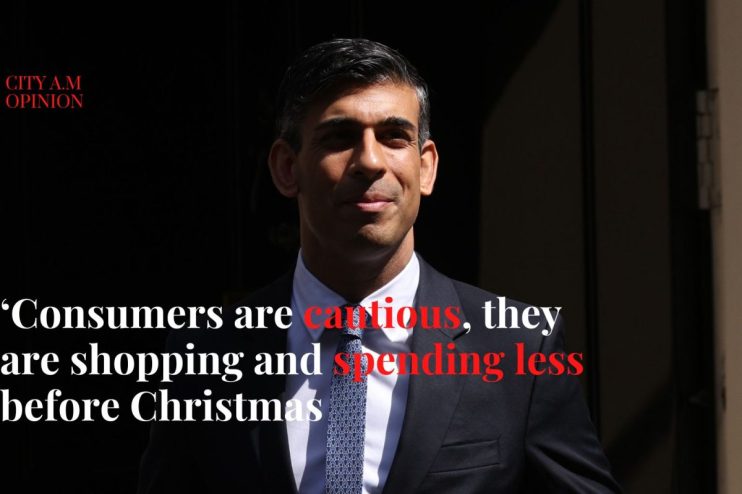Sluggish growth is the price we will pay for halving inflation

Karl Otto Pöhl, the former President of the Bundesbank put it best: “Inflation is like toothpaste. Once it’s out you can hardly get it back in again.”
Inflation has been on the mind of every single business leader and policymaker I have been speaking to since early 2021. This is true also of the general public, with twice as many people searching for the term “inflation” now compared to before the pandemic.
Today, the Bank of England followed the Federal Reserve’s step to keep its key policy rate on hold, following a consecutive fall in the headline inflation rate for the past few months in the UK and generally in other advanced economies.
The key question is, are the signs indicating that we are now finally out of the woods?
The Bank of England’s Monetary Policy Committee (MPC) released its set of conditional forecasts for the UK economy which gives a snapshot of where we are in the business cycle and where we are likely to be heading.
The first judgement the Bank has made is that the government will meet its target to halve headline inflation by the end of 2023, from a 11.1per cent high recorded last year to somewhere below 5 per cent. This is undoubtedly good news and will alleviate the pressure on households and businesses. However, the Bank expects headline inflation to take time to return to its target of 2 per cent, projecting this to happen at the end of 2025. There is an implicit assumption that there is a degree of embedded inflation in the system which will take a longer time to clear.
On the growth front, the Bank’s projections are concerning. It expects the economy to grow by around 0.5 per cent this year, followed by a year of no growth. The main driver of this is precarious household consumption – some of which we saw in PwC’s recent Consumer Sentiment Survey – as well as poor business and housing investment. Some of this outlook will be partly driven by the tighter monetary policy the Bank has set and forms part of wider demand management in the economy.
But there is light at the end of the tunnel. For the first time in a long-time average earnings are growing at a faster pace than consumer price inflation. Data suggests consumers are feeling more positive. The findings in the Consumer Sentiment Survey shows that the mood of households has consecutively trended in the right direction over the last year reaching its highest point in 18 months albeit still remains at low levels.
Consumers, though, are cautious – they are shopping earlier and we are expecting them to spend less on Christmas. According to our survey results, one in five have already started Christmas shopping in mid-September to spread out costs. More crucially, less than two in five respondents will spend more on Christmas than last year, with nearly a third expecting to spend less. Almost four in five of those who say they’ll spend less say it is driven by the rising cost of living.
Are we out of the woods? Events can change fast in our interconnected world. We have already seen financial markets reassess upwards their views on future European natural gas prices. Even though it is too early to say, this is likely to marginally push up the household energy price cap in the UK for the new year. So whilst we are certainly in a better position now compared to the beginning of the year, I wouldn’t declare “Mission Accomplished” just yet.